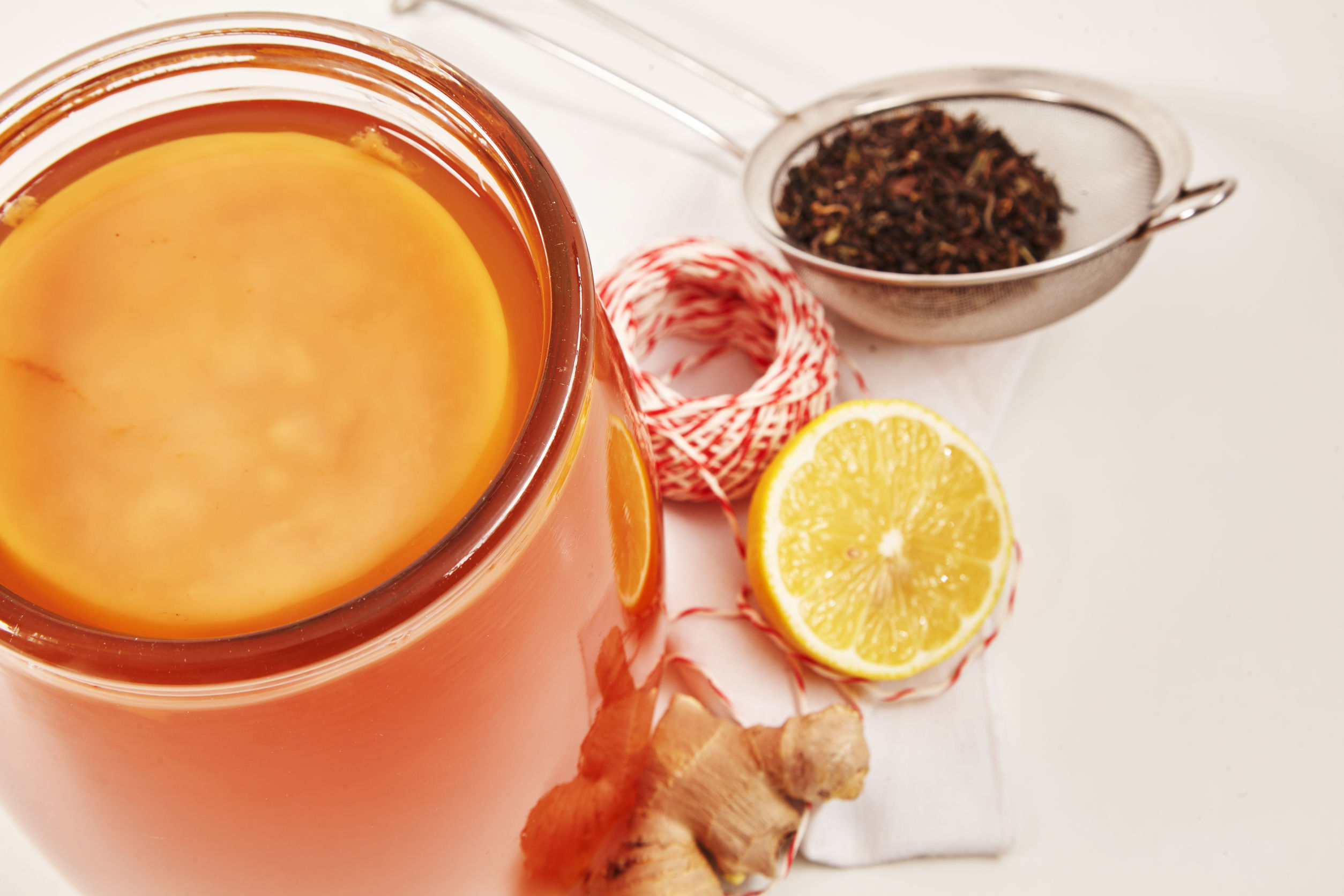Kombucha Brewing | 5 Common Kombucha Making Mistakes (Pt 2)
Posted by The CheeseMaker on 17th May 2016

That’s right, part 2 of Kombucha brewing mistakes! We know that you want the best Kombucha possible, and just like part 1, there’s a few more things that you should take into account if you want to have the best brew possible. Here are 5 more Kombucha brewing mistakes to avoid!
Kombucha Brewing | 5 Common Kombucha Brewing Mistakes
What if I used the wrong tea?
When it comes to the foundation of your kombucha--tea, it’s important to use a proper base so that the flavor and nutrient combination align just the way you like it. If you find yourself left with herbal teas, don’t worry. While it’s not the preferred method for Kombucha, you can still combine the tea with black tea to leave you with an easier fermentation process. If you’re just beginning, black tea is the ideal base you’ll want to use for your kombucha as it is the easiest tea to blend with when fermenting. If you’ve nailed it with the basics and want to try other variations, Oolong, Green, and White tea will also leave you with a proper blend. Since the Kombucha SCOBY**(mother) prefers black tea, and not just green tea, alternate the two with every other batch or use a 50-50 combination of both teas. For a variety of our favorite tea combinations, visit our kombucha supply section!
Over-steeping Your Tea
When you steep black tea in hot water, you release tannins and other components of the tea into the water. If properly steeped and well-brewed, tea elicits extraordinary flavor, but when that tea is over-steeped it can become very bitter and unpleasant. Over-steeping also leads to super strong, assertive kombucha with unpleasant bitter overtones. Moreover, regularly using over-steeped tea – like tea infused overnight, can weaken the SCOBY over time.
What if I added the SCOBY too soon?
Making Kombucha at home is easy, yet you should take time to do it right so you can enjoy its benefits. When it comes to the addition of SCOBY to your tea, it’s important not to rush this step. If this is done prematurely, the heat from the liquid can kill the SCOBY without a proper amount of time to cool. For precise temperature and timing results, it’s best to wait for the liquid containing the tea to cool down to a lukewarm heat, comparable to room temperature. This would fall between about 68 degree and 85 degrees.
Rinsing Your SCOBY
Novice brewers will sometimes rinse their SCOBY before adding it to sweet tea to brew kombucha, much as you might rinse a handful of cherry tomatoes before tossing them into a salad. A SCOBY, by contrast, doesn’t need rinsing. You’ll rinse away some of the microbes that are responsible for helping your sweet tea to transform into kombucha, so, as a best practice, move your SCOBY directly from one batch of kombucha to the next, with minimal handling and it’ll do just fine. If you drop it, you might consider giving it a rinse to remove excess debris it may have picked up on the ground.
Using a Poor Quality SCOBY
The quality of your kombucha depends entirely on the health of your SCOBY (symbiotic culture of bacteria and yeast). When that SCOBY is compromised in the way you care for it, or when that SCOBY is of poor quality because it’s been stored improperly, its flimsy or its cultures have been compromised, it will make brewing more difficult, especially for first-time kombucha brewers.
Look for a SCOBY that is thick, healthy, and strong that comes from a high-quality source that specializes in kombucha and kombucha brewing. The SCOBY should be thick, robust, and it should come with plenty of starter tea. Whether you buy your SCOBY, or acquire it from a friend, for best results make sure it hasn’t been stored in the fridge and that it hasn’t come from an original culture that was treated with vinegar.
As we’ve discussed a number of common mistakes that can be made during the Kombucha making process, there are also a number of steps you may take that will contribute to your most successful batch yet! For helpful tips, tricks, and ingredients, visit our kombucha section for all things kombucha!
**S.C.O.B.Y. Symbiotic Combination Of Bacteria and Yeast

